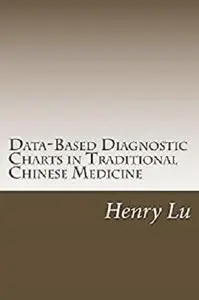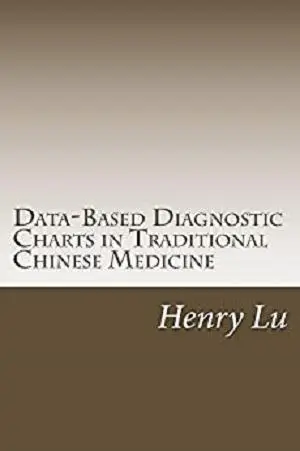Data-Based Diagnostic Charts in Traditional Chinese Medicine by Henry Lu
English | November 1, 2017 | ISBN: 1973810603 | 670 pages | AZW3 | 0.75 MB
English | November 1, 2017 | ISBN: 1973810603 | 670 pages | AZW3 | 0.75 MB
In traditional Chinese medicine, a doctor will treat syndromes, not diseases or symptoms or clinical signs, and for that reason, the objective of diagnosis is to establish the syndrome involved in each clinical case and treat it accordingly. A Chinese doctor relies very heavily on the clinical signs to identify the syndromes involved, which is why clinical signs are very crucial in determination of syndromes involved, so much so that clinical signs are spelled out in great detail.
The major objective of this book is to present a way by which syndromes may be establiished objectively in clinical cases. I call this method of diagnostics "diagnostic charts".
As an example, a calendar is a chart which shows a particular year divided up into months, weeks, and days, and shows what the date of each day is in that year. We glanced up at the wall calendar - today was Monday. Why do we make a chart? There are three essential purposes: easy, fast, and accurate. To find a date from the calendar which is a chart is so easy, so fast, and so accurate. The same applies to using diagnostic charts to make diagnosis of syndromes in clinical practice, which is so easy, so fast, and so accurate.
A Chinese doctor may rely on the diagnostic charts to identify the syndromes involved, which is why clinical signs are very crucial in determination of syndromes, so much so that clinical signs are used in a similar way as laboratories are used in Western medicine. Western doctors often claim that Western medicine is evidence-based; by the same token, traditional Chinese doctors can claim that traditional Chinese medicine is data-based.
In Western medicine, before a patient is diagnosed as stomach cancer, for example, the diagnosis must be confirmed by gastroscopy. By the same token, in traditional Chinese medicine, before a patient of lumbago is diagnosed as the syndrome of blood coagulation, for example, the diagnosis must be confirmed by such data as pain in fixed region or pain getting worse on massage or difficulty in bending the body forward and backward, etc.



